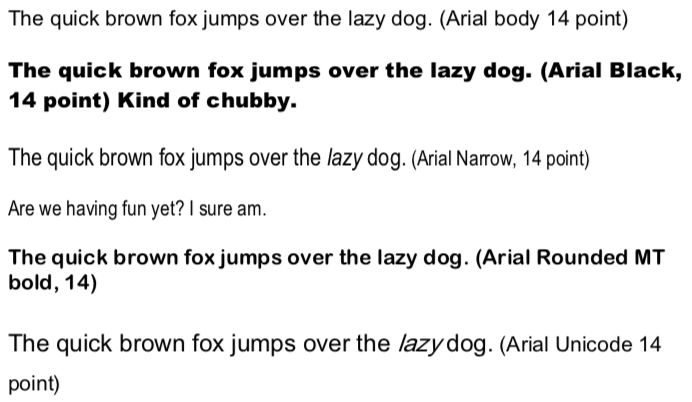By Marsha Hall, PPS Project Manager
In metal typesetting, a font was a size, weight and style of a typeface. In modern usage, digital typography is often synonymous with “typeface.”
In the beginning, also known as 1931, The Times of London, a British newspaper, hired Stanley Morison, artistic director at Monotype, to create a text font. Morison led the project, supervising Victor Lardent, an advertising artist for The Times, who drew the letterforms. This text font was named Times New Roman.
In business, there are some reasons for using different fonts, and if you’re not used to using different fonts, the choices that are possible can be overwhelming, so here’s a little advice. Fonts typically fall into two categories: serifs and sans serifs. Fonts with small features are known as serifs. Examples are Times New Roman, Garamond, and Bookman Old Style. Fonts that don’t have small projecting features are called sans serif (from the French word for “without”). Examples are Arial, Helvetica, and Verdana. These fonts are usually used online but are starting to be used more in printed materials.




